Make Character Facial Expressions in Animation More Expressive
Facial expressions are the most effective way to convey specific emotions. Our face contains 43 muscles and can actually make more than 10,000 expressions. The parts of the face which are mainly involved in the expression of emotions are eyes, eyebrows, eyelids, and mouth., many of them tracing back to our primitive roots. Even our smile, some researchers say, evolved from the way primates show off their teeth to negotiate social status or to establish dominance.
Over half a century of scientific research has documented that 7 universal facial expressions of emotion are expressed and recognized, all around the world, regardless of race, culture, nationality, religion, gender or any other demographic variable.
What are the Seven Universal Emotions in Facial Expressions?
They are: Happiness,Anger, Fear, Sadness, Surprise, Contempt and Disgust.
Happiness (1): Mouth curved upwards – higher eyebrows – eyes wide open;
Anger (2): Mouth curved downward – eyebrows with the tip slightly lower down – eyes wide open;
Fear (3): Mouth erratically curved down, higher eyebrows with irregularly shaped – eyes wide open;
Sadness (4): Mouth curved downward; eyebrows with the tip slightly up – eyes with lower eyelids;
Surprise (5): Small and semi-open mouth – higher eyebrows with irregular shaped – eyes wide open;
Contempt(6): Eyes neutral with the lip corner pulled up and back on one side.
Disgust(7): Eyebrows pulled down, nose wrinkled, upper lip pulled up, lips loose.
Creating natural and credible emotions is necessary to create believable animation. Well facial expressions can add a great deal of drama to the scene and create an interest in the people watching the animated film.
Emotions are the key to demonstrate the cartoon character’s personality. It is important to convey that our character is unique and he has a history and attitude of his own.
One of the ways to convey emotion in animation is to make sure we are creating a thoughtful character. The important thing is to convey the thoughts of the animated character to motivate him to move and move ideas further. The expected principles of classic cartoon animation can be used to create believable and perceptual animations in 2D and 3D environments.
It is important to create eye and head movement preparations before creating the body movement itself. The eyes should move first because they are responsible for the upcoming body movement and are the window to the character’s soul, thoughts and emotions.
Next is the head movement. If this animation principle is not implemented and the body moves in front of the head and eyes, the action will not appear to be initiated by the character, but by some other force, and contrary to the character’s original idea. Creating a thoughtful character is the first step in giving life to the character.
Eye
Enlarged pupils communicate excitement and engagement. Smaller pupils, on the other hand, will help show the character is experiencing a negative emotion or being emotionally distanced from the situation.
We can also change the shape of the pupil during the animation. Making the pupils slightly oval can help show where the character is looking. This is especially useful for characters without eyelids or eyeballs.
The direction of the character’s gaze can completely redefine the emotion conveyed. The eyes can complete the emotions translated by our body postures, or actually do the opposite, thereby showing the contradiction between the character’s emotions and the physical state.
Eyelids
The eyelids are used for blinking. The way we blink can convey different emotions. The speed at which we open and close our eyes will change depending on whether we are currently waking up, sleepy, feeling in love, unable to understand something, or trying to get someone’s attention.
Studies have shown that the size of students is affected by emotions. In fact, some studies use the change of pupil diameter as a signal for human-computer interaction systems to accurately recognize emotions. This makes students an excellent tool for animators to express or emphasize character emotions. Changes in the size of the character’s pupils help express many different emotions. They change with light, pain, focus, touch, and of course sensation.
In order to create more realistic and vivid eyes, it is important to remember that their surfaces are always moist and reflect light. It is important to convey this in the material on the surface of the eye or the drawing of the eye.
Eyebrows
Eyebrows also play an important role in communication and facial expressions. Eyebrows can express anger, sadness, fear and a wide range of other emotions.
The raised eyebrows usually symbolize surprise and surprise, as well as uncertainty and confusion.
If only one eyebrow is raised, it usually expresses suspicion.
Low eyebrows symbolize deception or trouble.
When we notice someone or something, our eyebrows move up and down.
Mouth
The mouth area plays a very important role in conveying emotions. When it comes to core emotions, expressing happiness, anger, sorrow, and joy is especially necessary. (The eye area is more important in expressing anger, fear, sadness and surprise facial expressions).
It is important to understand that most communication in the world we live in is not oral communication. Being able to show the inner emotional state of our characters is our main goal as an animator.
Are there other features that can help us create believable characters? Take a moment and tell us in a comment below.
If you are interested in Maya topics, you can click on the link below to learn about the useful 3D modeling tool with us
Post a Comment
要发表评论,您必须先登录。
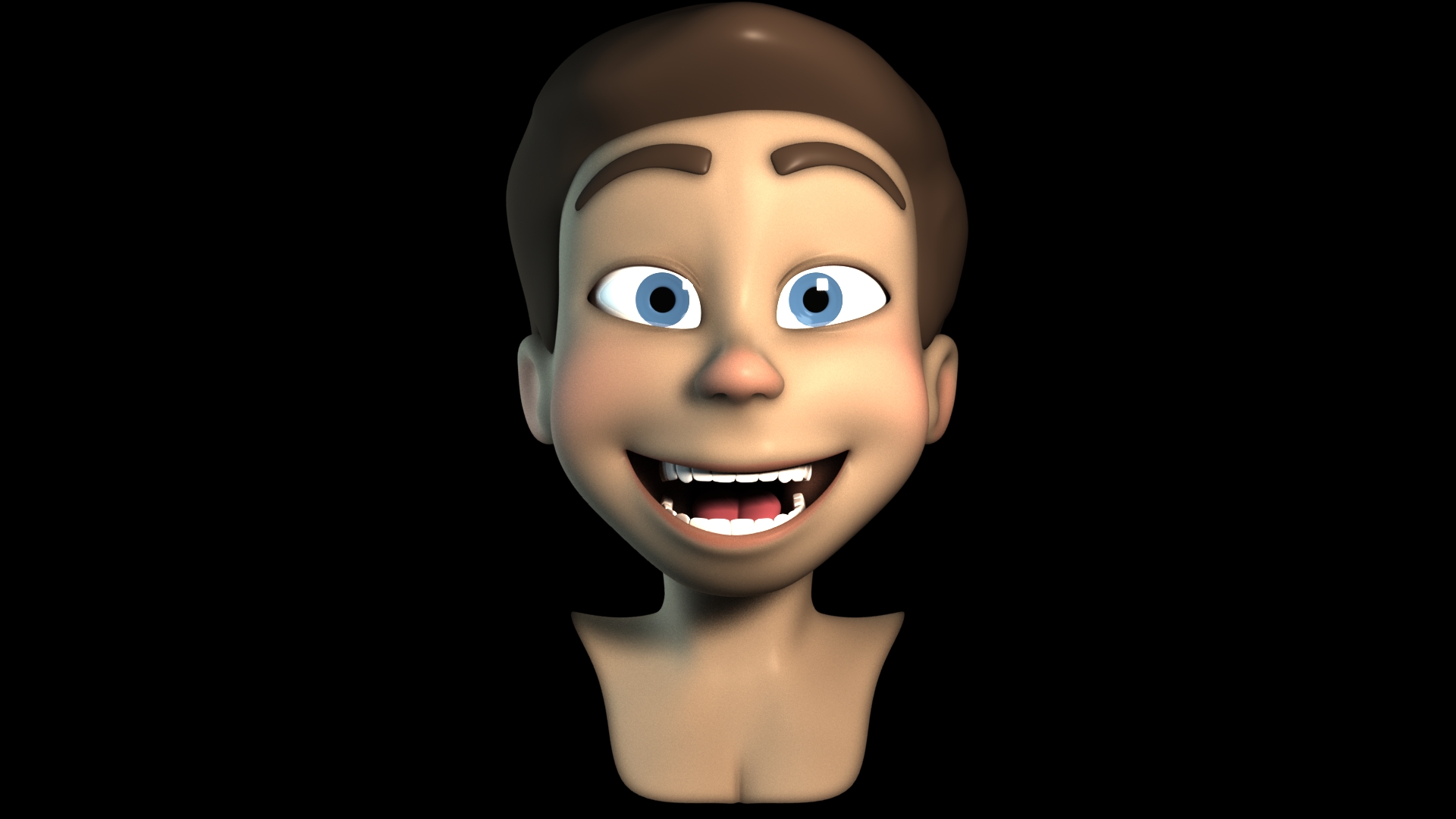
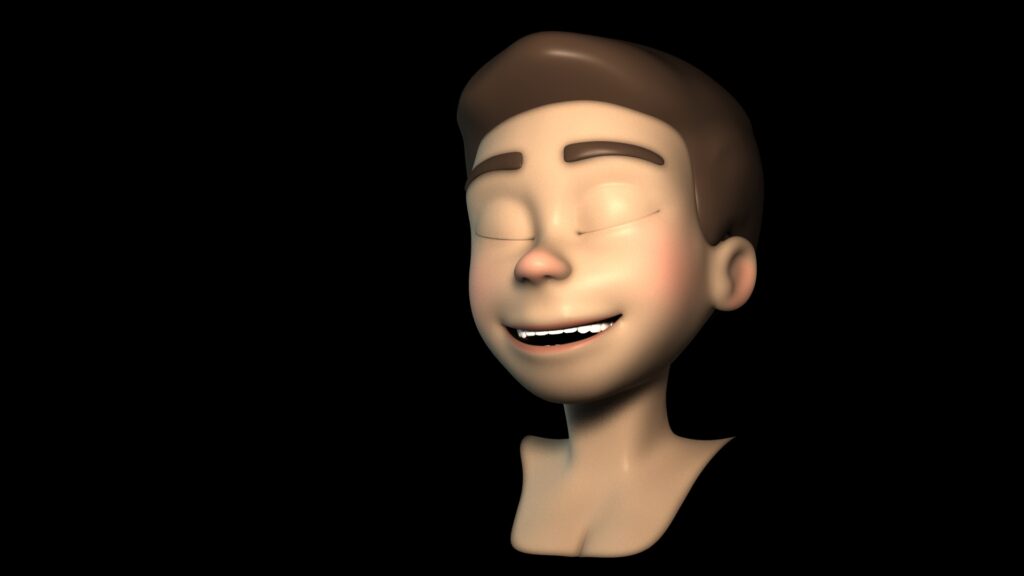
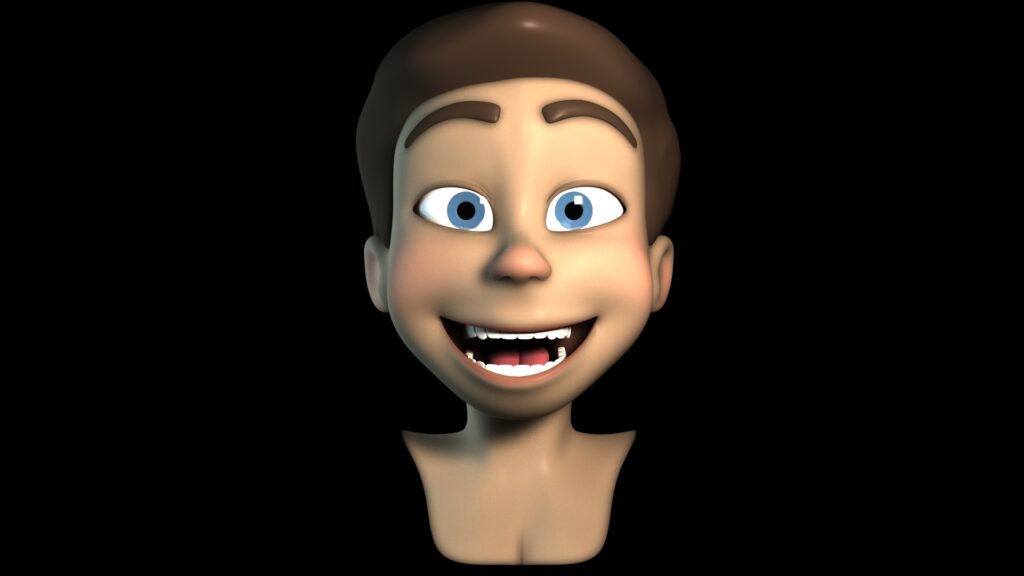
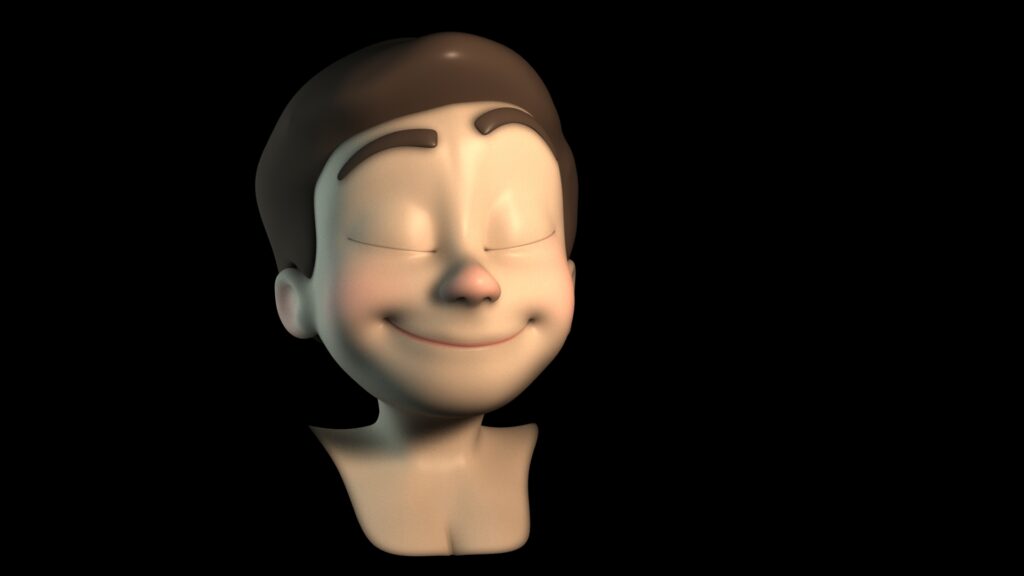
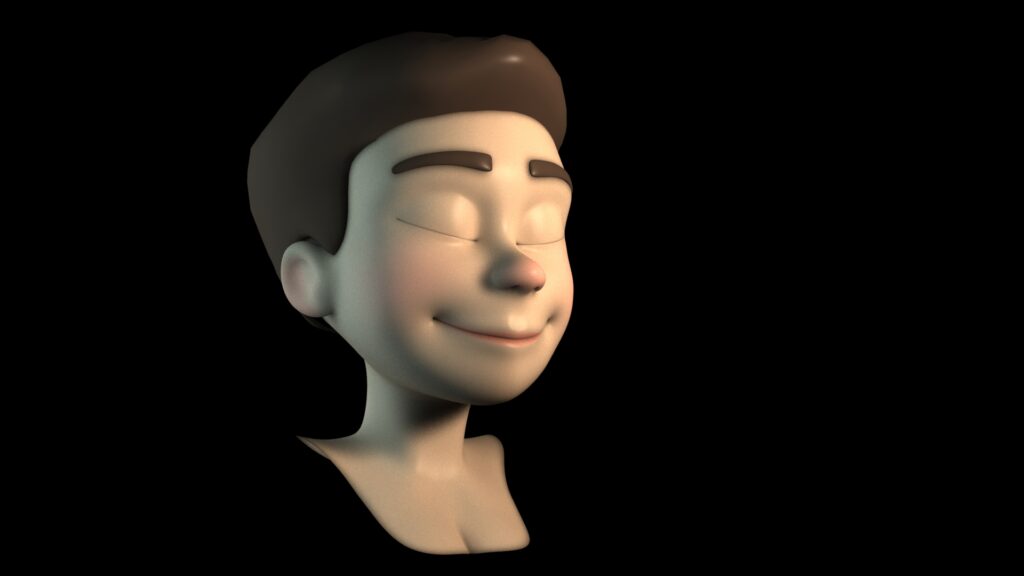
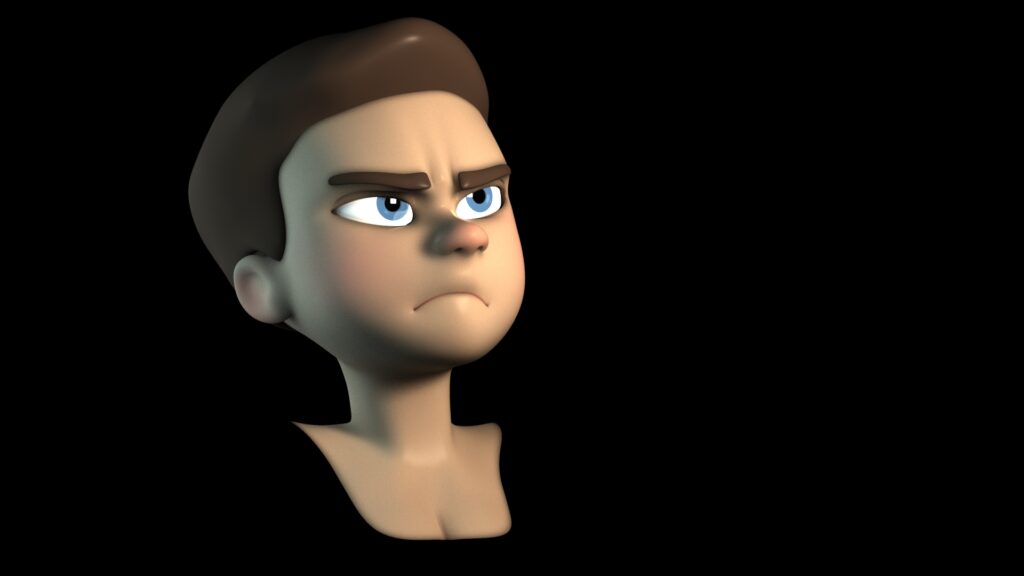
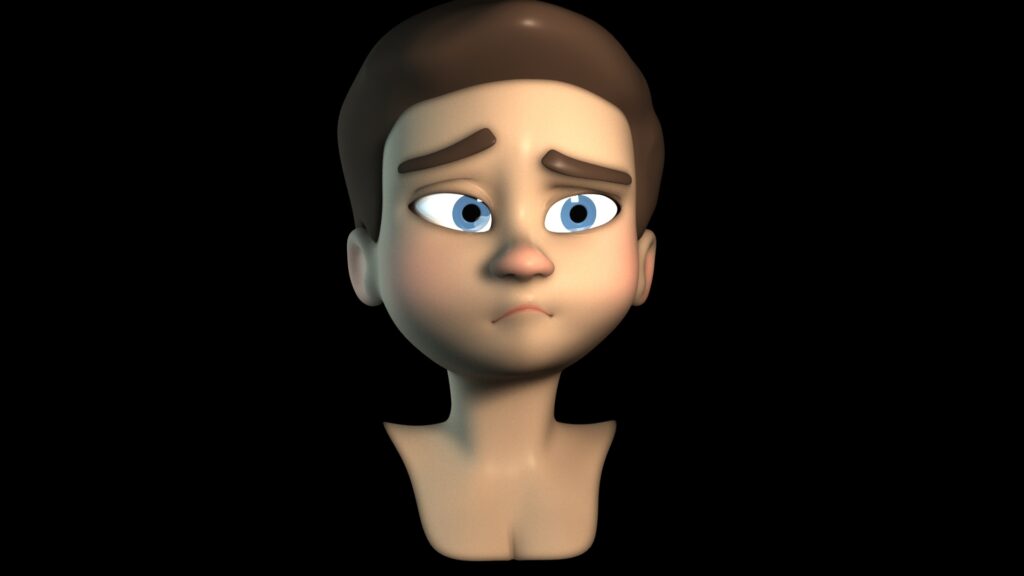
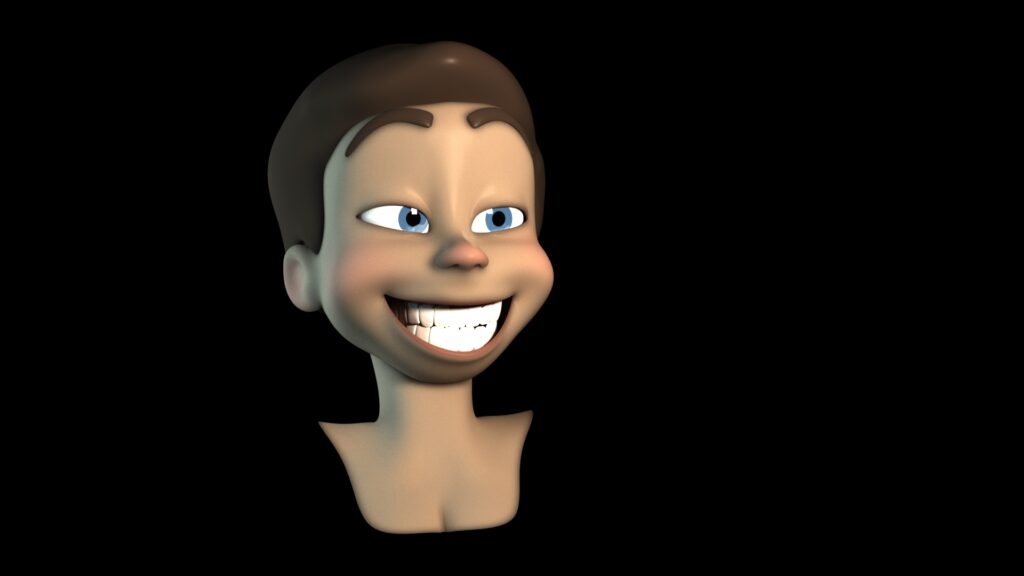
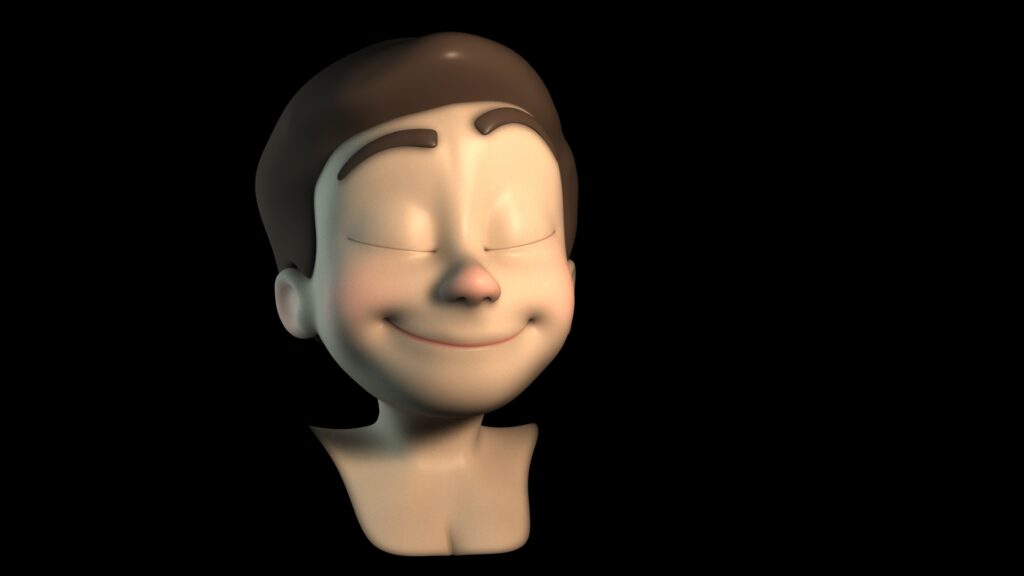








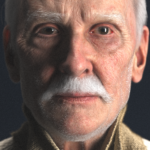
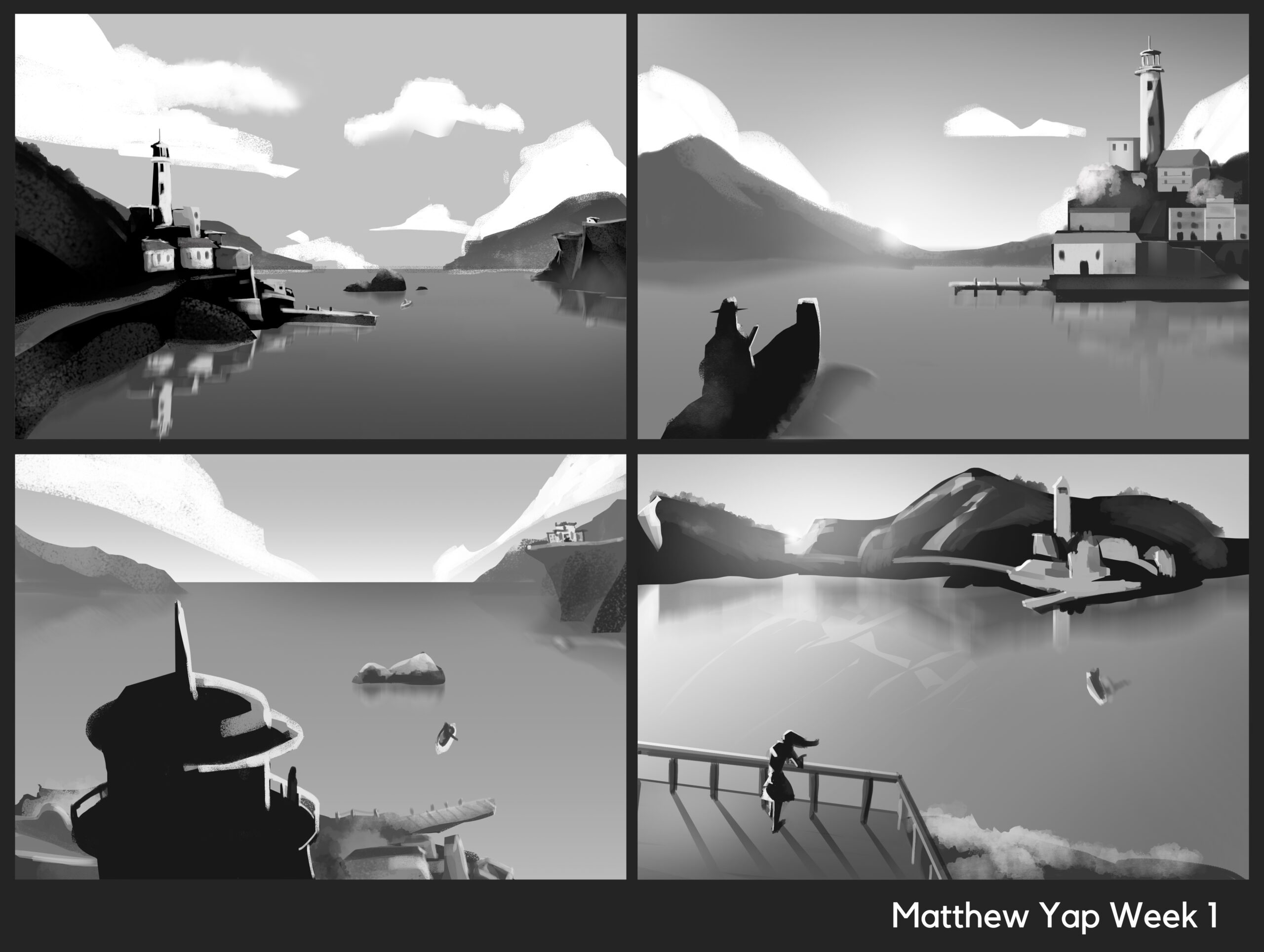
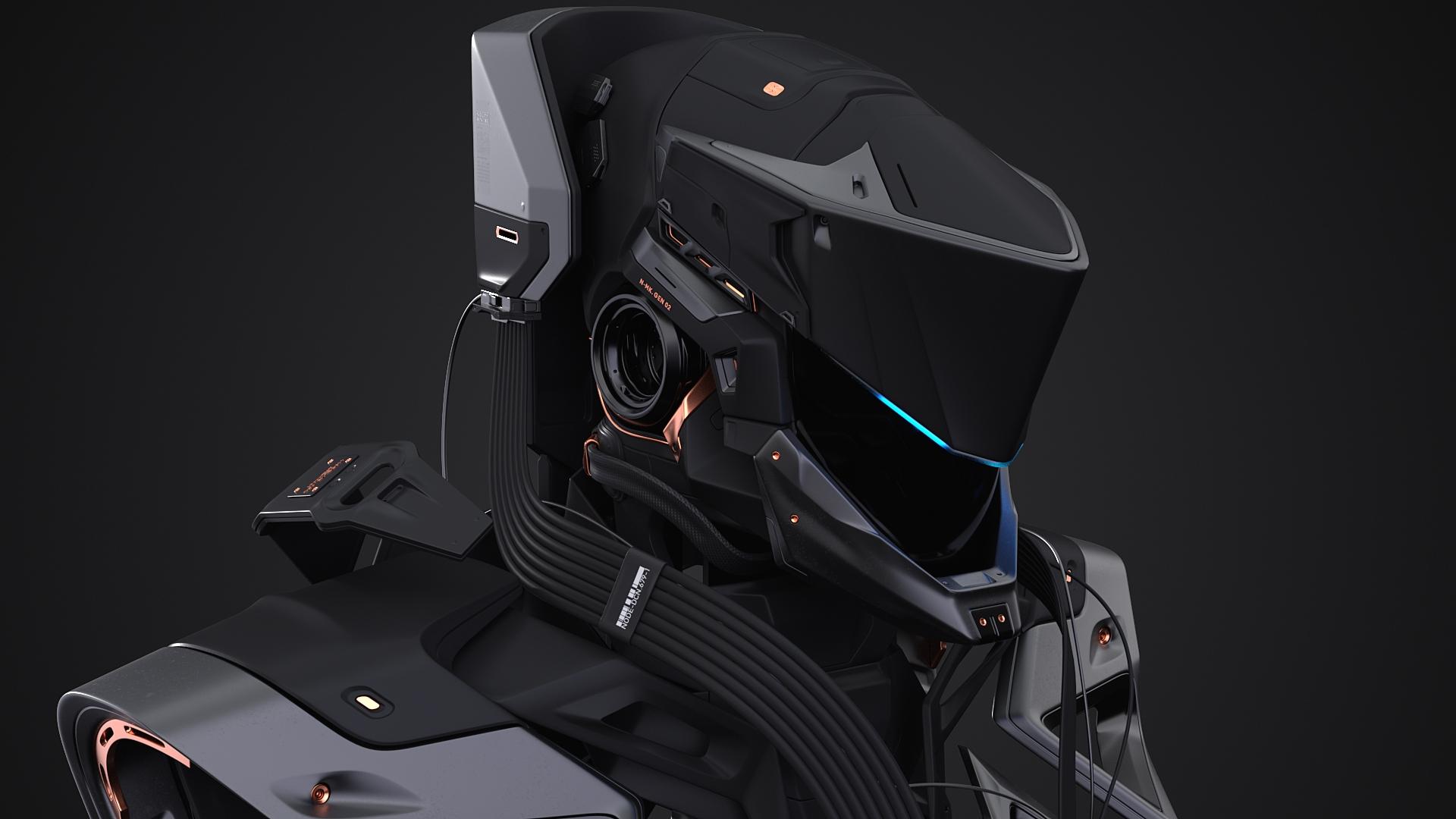

Pingback: How to Create a Simple 3D Animation for Beginners? - Wingfox
2022-01-10Pingback: How To Make a Good Character Rigging - Wingfox
2022-01-19